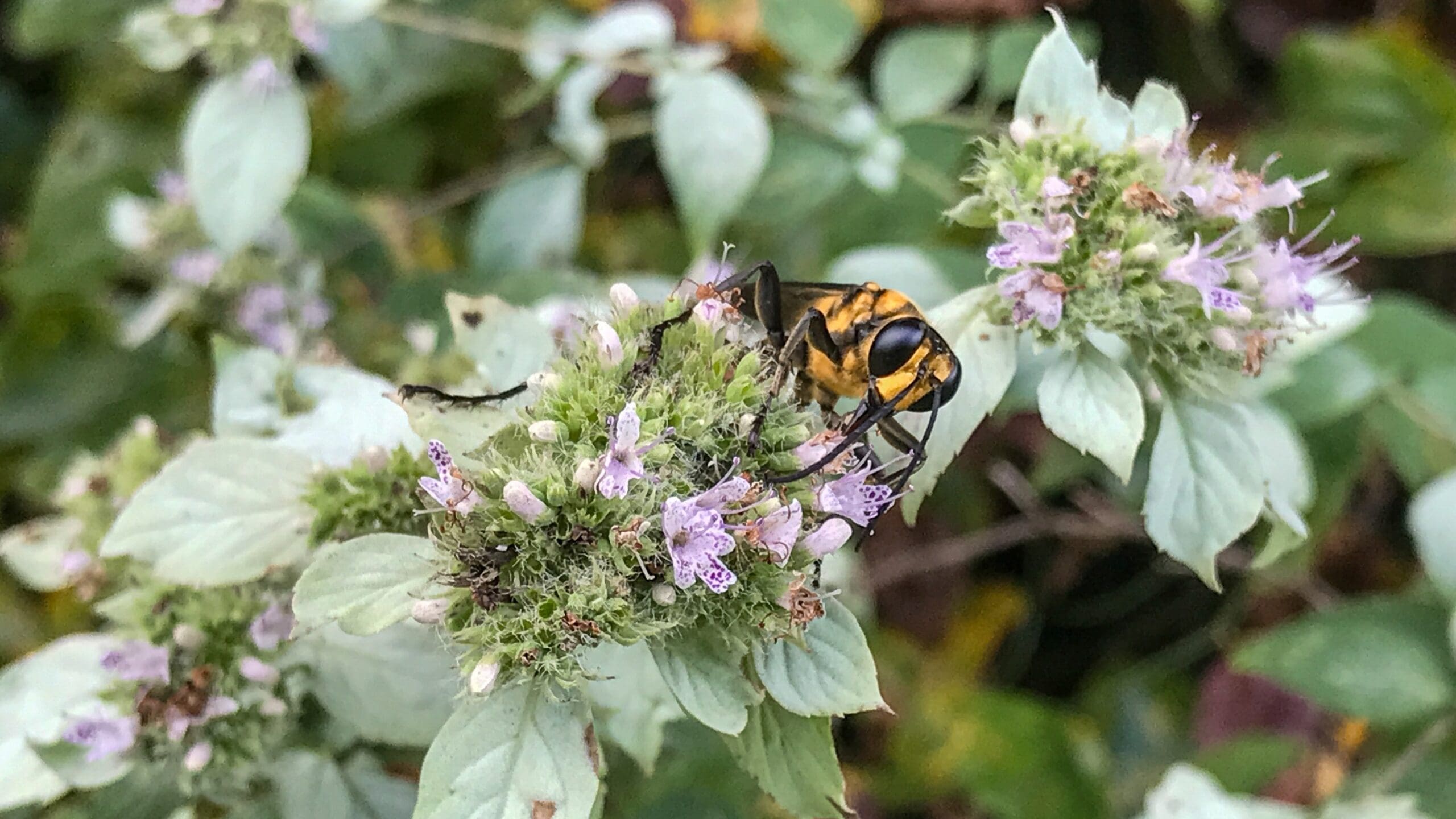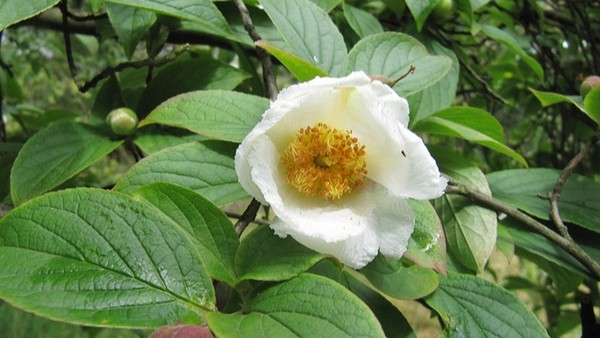by Dr. Jon Storm
Do you have a dry, sunny space on your property that you would like to convert to native plants? Maybe you don’t want to invest money amending the soil with fertilizer or spend your evenings watering plants. If this sounds like you, a pocket prairie might be what you’re looking for! Now before you think that anything called a “prairie” can’t be native to South Carolina, just consider this passage from John Logan’s 1859 book, “A History of the Upper Country of South Carolina, From the Earliest Periods to the Close of the War of Independence.” In it, Logan described the landscape of the South Carolina Upstate as, “The beauty and fertility of this region, however, were not confined to the mountains; the valleys and ridges that lay along the rivers and creeks of the eastern slope, to the utmost limits of the Cherokee country on the south, abounded in forests, fertile lands, prairies, and every species of American game.”
There are a wide range of native grasses and forbs to consider when planting a pocket prairie. Lucky for you, the Upstate Spring Plant Sale (Saturday, April 12th) always has lots of plants to consider for a pocket prairie or other native landscape. Here are just a few of the species you may want to consider.
Splitbeard Bluestem (Andropogon ternarius). Grasses are sometimes underutilized in a pocket prairie; however, their fall colors and winter cover for wildlife make them a valuable component. According to the National Wildlife Federation’s Native Plant Finder, caterpillars of approximately 20 species of moths and butterflies feed on the foliage of Andropogon spp. grasses here in the Upstate.
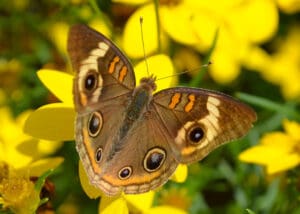
Photo Credit: Jon Storm
These include the Common Wood Nymph (Cercyonis pegala) and the Dusky Roadside Skipper (Amblyscirtes alternata).
Common Eastern Coneflower (Rudbeckia fulgida). This popular native forb is common in pocket prairies, roadside medians, and around mailboxes. Beyond the beauty of its yellow flowers, it provides habitat for wildlife in multiple seasons. During winter, the seeds of Common Eastern Coneflower are a hit with eastern goldfinches, whereas the summer foliage of this and other Rudbeckia are fed on by the Camouflaged Looper, Synchlora aerate.
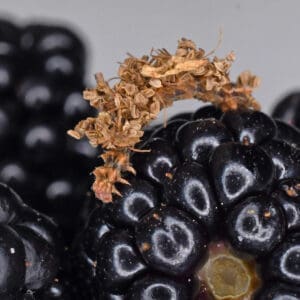
Photo Credit: Jon Storm
This caterpillar takes the ‘camouflage’ part of its name seriously, though, so expect to spend a fair amount of time looking before you find one on a flowerhead. Other coneflowers, such as the Woodland Black-Eyed Susan (Rudbeckia hirta var. hirta) and Common Three-lobed Coneflower (Rudbeckia triloba var. triloba, work well in a pocket prairie.
Licorice Goldenrod (Solidago odora). Many of you probably know that goldenrods are a hit with bees, wasps, moths, beetles, and other insect pollinators each autumn. An added bonus to this plant is that its crushed foliage gives off the faint aroma of licorice, hence its name. Don’t worry about goldenrods in your pocket prairie causing your allergies to flare up in the autumn either. This is a myth, the real culprit is common ragweed (Ambrosia artemisiifolia), which blooms at the same time as goldenrods.
Slender Mountain-mint (Pycnanthemum tenuifolium). In my opinion, mountain-mints are one of the best native plants for pollinators. Whenever I visit them blooming in a field or powerline right-of-way, they always seem to be covered in butterflies, bees, wasps, flies, and other insects.
Late Eupatorium (Eupatorium serotinum). You have likely seen this native forb growing in fields and roadsides across the Upstate. Its flowers attract lots of insect activity, from flies and bees to beetles and many more. Caterpillars like to munch on its leaves too.

Photo Credit: Jon Storm
Over 30 species of them feed on the foliage of Late Eupatorium each summer, including the Clymene Moth (Haploa clymene).
Little Bluestem (Schizachyrium scoparium var. scoparium). This native grass can provide year-round color and wildlife cover for your prairie pocket. Little Bluestem will maintain some vertical structure within your pocket prairie in winter too, when songbirds consume the seeds. Little Bluestem supports butterfly populations as well. Caterpillars of the Cobweb Skipper (Hesperia metea) feed on its foliage in summer.
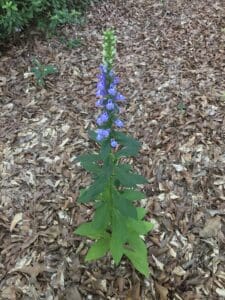
Photo Credit: Jon Storm
Downy Lobelia (Lobelia puberula). The lavender flowers of this native member of the Bellflower Family (Campanulaceae) will provide color to your pocket prairie from late summer into autumn.
This is just a cursory look at some of the plants you could put in a pocket prairie here in the Upstate. For more information, do a Google search for the pocket prairies planted at Sarah P. Duke Gardens in North Carolina or check out a book such as Prairie Up by Benjamin Vogt.

